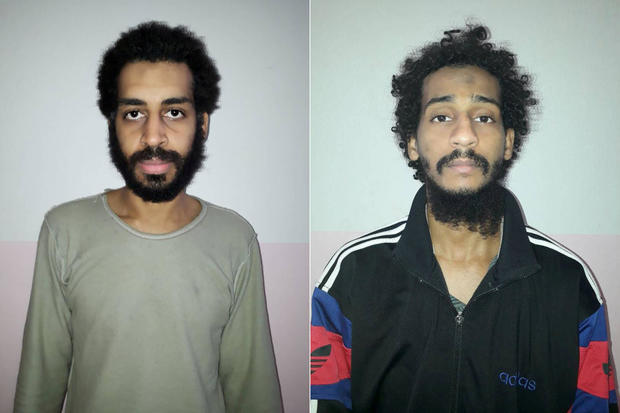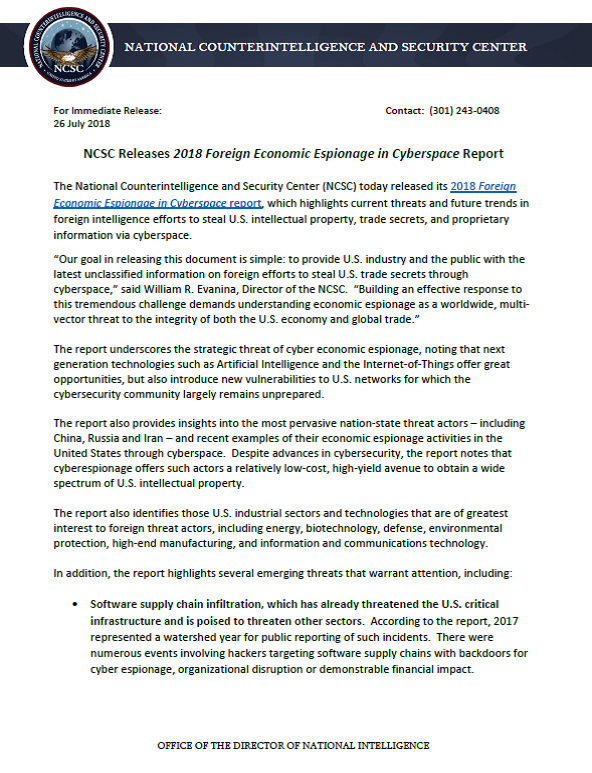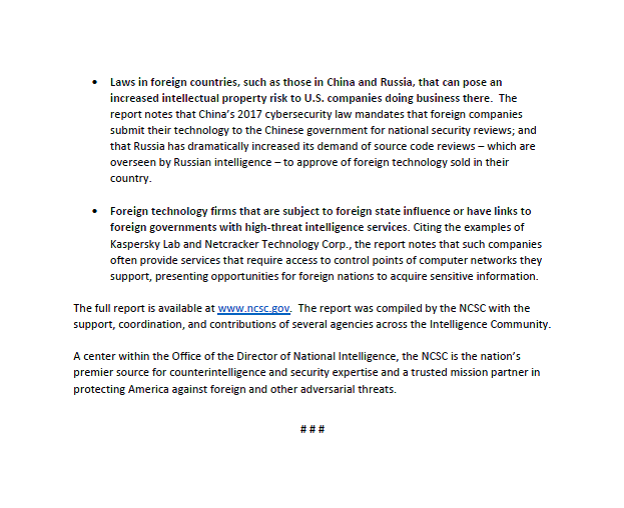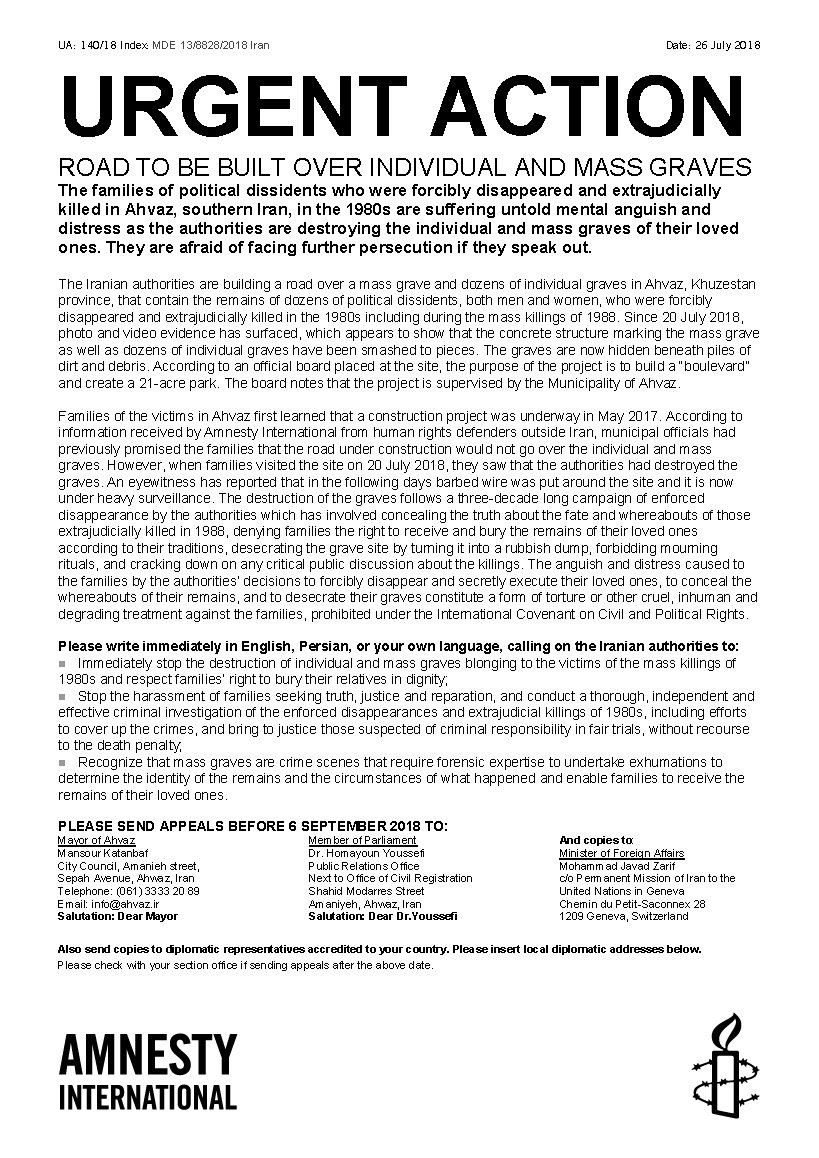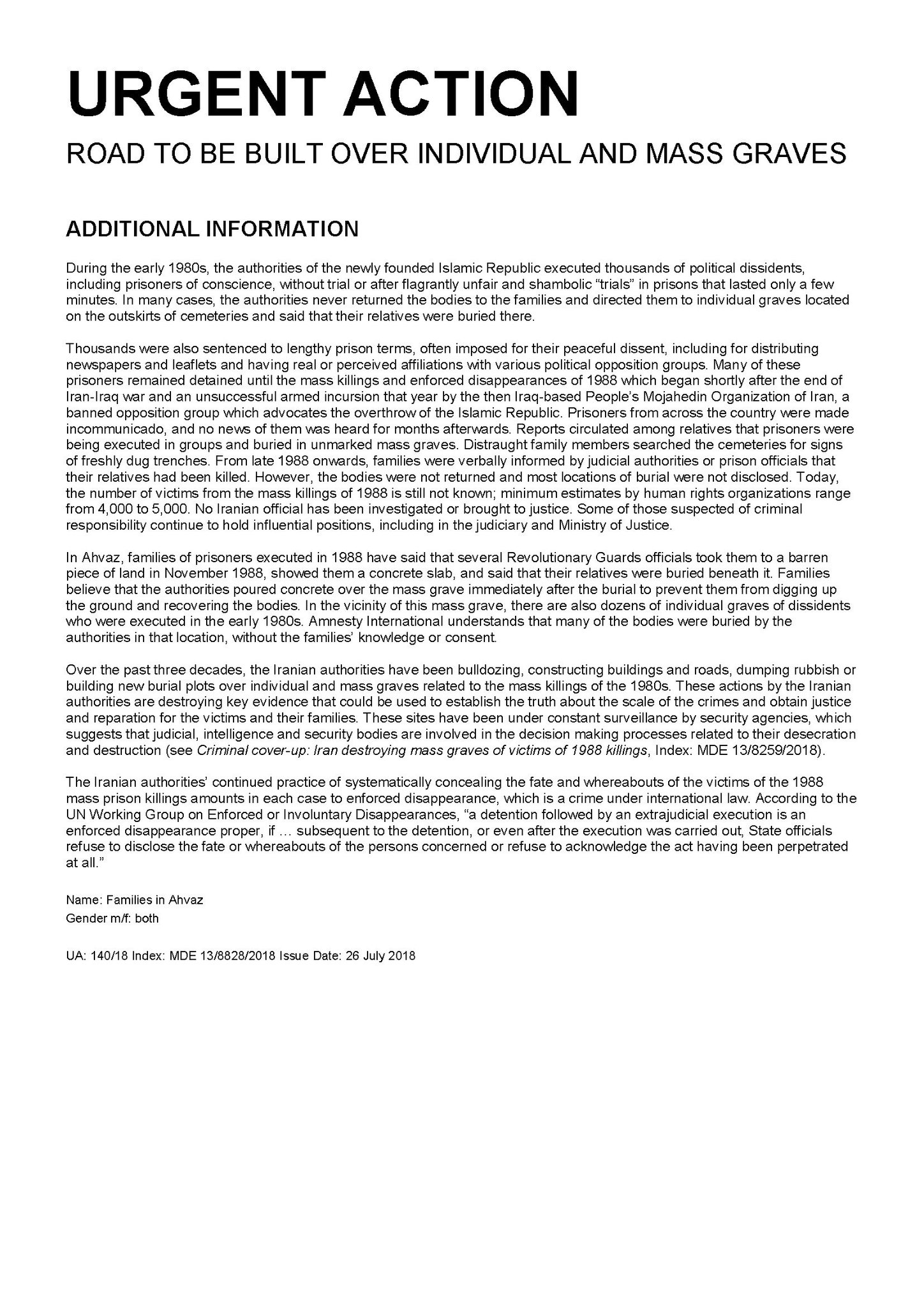London’s Mayor, Sadiq Khan is under fire for the growing crime in his city. How can the murder rate be higher than in New York?
As of March, London accounted for 17 percent of all recorded crime in England and Wales in the year prior, as well as 42 percent of all recorded robberies. A third of all knife crime took place in London as well.
London temporarily overtook New York in the number of murders in early 2018. In February, London’s police investigated 15 murders while New York saw 11 homicides. In March, the Metropolitan Police murder numbers increased further to 22, while the NYPD’s jumped to 21. New York has since recorded more murders.
Remember those Beatles, ISIS suspects? Well, Britain’s Home Office has suspended cooperation with the United States in extraditing them mostly due to the death penalty.
A combination picture shows Alexanda Kotey and El Shafee Elsheikh, who the Syrian Democratic Forces (SDF) identified as British nationals, in undated handout pictures in Amouda, Syria, released February 9, 2018 by the Syrian Democratic Forces.HANDOUT/REUTERS
Dozens of convicted terrorists are about to be released
BRITAIN is bracing itself, with 80 terrorists expected to be free to walk the streets by Christmas — and that’s not all the bad news.
AS MANY as 80 convicted terrorists will be free to roam British streets by the end of the year, including an Islamist preacher who urged people to join the Islamic State.
The extraordinary situation has arisen because about 40 per cent of the sentences for terrorism issued between 2007 and 2016 will have ended by Christmas — meaning police are powerless to stop them walking free.
Police and the government have admitted more resources will have to be pumped into keeping a close eye on the terrorists, at a time when resources are already stretched coping with a crime wave that has seen 80 killings in London so far this year.
UK Security Minister Ben Wallace said police would focus on getting them to “disengage” from extremism, but that would require a different approach than trying to prevent them being radicalised in the first place.
“It is a concern because what we are seeing nowadays is a large group of people who have effectively crossed the Rubicon to becoming radicalised. That is the mindset that they have now accepted or adapted,” he told BBC Radio.
To deal with the influx, police would be putting resources into efforts to “to try and make them disengage — that is slightly different from ‘deter them in the first place’ … and into how we effectively supervise them if they are released back into the community”.
That meant monitoring the terrorists, which inevitably would come at a cost both financial and through rediverting staff from other duties.
The actual number released could even be higher than 80, as some prisoners are eligible for release halfway through their sentences.
Those eligible for parole include Anjem Choudary, an Islamist preacher, who was jailed for five years in 2016 for inviting people to support Islamic State.
All the sentences given to people for financing terrorism, having terrorist information, or not disclosing information about terrorist acts, will have expired by the end of the year. Another two dozen will have lapsed by next year.
The discovery of the end of the sentences for 40 per cent of those issued between 2007-2016 was made by The Guardian last month. A former head of counter-terrorism, Richard Walton, told the paper the release of so many convicted terrorists was “worrying” — and any attempt to monitor them was “time-intensive” especially when the individuals knew they were being watched, so “often lie low for a period”.
Terrorist prisoners released on licence place a resource burden on both specialist counter-terrorism detectives and on mainstream policing. A risk-management process is used to monitor those released on licence and the monitoring of high-risk offenders is extremely resource-intensive.”
He went on to say: “Intelligence is often insufficient to gauge whether they have any intent to reoffend owing to their recent incarceration.”
That made monitoring them after their release even more difficult, especially as they were aware of the close attention security agencies were paying to them.
A program already exists to try to integrate terrorists back into the community, but so many returning to the community means extra vigilance will be needed.
To add to the problem the probation union has already warned its resources were stretched, while a 2016 review found extremism in British jails — where 700 inmates are considered to have extremist views — meant there was a real risk prisoners could be radicalised while they were behind bars.
News.com.au asked police what steps were being taken to ensure public safety given Mr Walton’s view and that of Mr Wallace, who believed there were challenges ahead.
A spokesman from the Met Police would only say they and intelligence agencies were working “tirelessly and at pace” to keep the public safe from terrorism.
“This includes monitoring and assessing existing and emerging threats and risks, including the release of convicted terrorists, and putting into place actions to mitigate them through a range of operations and activities.”
A Home Office spokesman told news.com.au national security would always be the government’s “main priority”.
“Terrorists released on licence are closely managed by the National Probation Service. They are subject to very restrictive licence conditions including, for example, living in approved premises; restrictions on movement and stringent curfews. Failure to adhere to conditions results in enforcement action, including prison recall.”
Terrorists are managed by multiple agencies and preparations begin months before their release. But the Home Office would not discuss specifics, and refused to say how many were being released.
“All offenders of extremist or terrorist concern are managed actively as part of a comprehensive counter-terrorism case management process. It would not be appropriate to release figures for how many of those offenders due to be released this year are deemed to be high risk.”
Since March last year there have been 12 terror plots thwarted and four other extreme far-right plots, and there can be up to 500 active investigations at any one time.
Meanwhile, this week a UK think tank urged the Government to replace laws surrounding treason that date back to 1351.
In a statement, Policy Exchange said a new treason law updated for modern times was needed, and argued a workable law of treason would mean offenders could be convicted and jailed for much longer.
“Many of them will … have betrayed this country. If they had been convicted of treason and imprisoned for life, the UK would be considerably safer,” the statement said.


